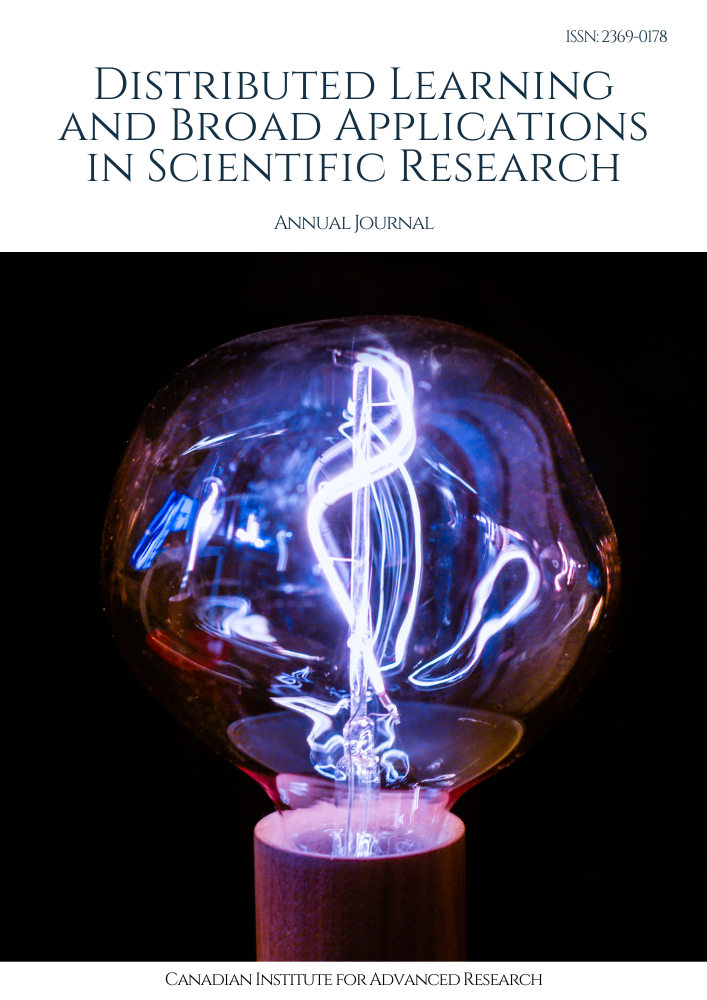Threat Modeling Techniques - Risk Assessment Methods: Studying threat modeling techniques and risk assessment methods for identifying and prioritizing potential cyber threats and vulnerabilities
Keywords:
Threat Modeling, Risk AssessmentAbstract
Threat modeling is a critical process in cybersecurity that involves identifying, assessing, and prioritizing potential threats and vulnerabilities to a system. This paper provides an overview of various threat modeling techniques and risk assessment methods used in cybersecurity. The goal is to help organizations understand the importance of threat modeling and how it can be effectively implemented to enhance their security posture. The paper discusses the key concepts of threat modeling, including asset identification, threat identification, vulnerability assessment, risk analysis, and risk mitigation strategies. It also explores the different approaches to threat modeling, such as STRIDE, DREAD, and PASTA, and how they can be applied in practice. Additionally, the paper examines the challenges and limitations of threat modeling and provides recommendations for improving its effectiveness. Overall, this paper aims to serve as a comprehensive guide for cybersecurity professionals and organizations looking to enhance their threat modeling capabilities.
Downloads
References
K. Joel Prabhod, “ASSESSING THE ROLE OF MACHINE LEARNING AND COMPUTER VISION IN IMAGE PROCESSING,” International Journal of Innovative Research in Technology, vol. 8, no. 3, pp. 195–199, Aug. 2021, [Online]. Available: https://ijirt.org/Article?manuscript=152346
Sadhu, Amith Kumar Reddy, and Ashok Kumar Reddy Sadhu. "Fortifying the Frontier: A Critical Examination of Best Practices, Emerging Trends, and Access Management Paradigms in Securing the Expanding Internet of Things (IoT) Network." Journal of Science & Technology 1.1 (2020): 171-195.
Tatineni, Sumanth, and Anjali Rodwal. “Leveraging AI for Seamless Integration of DevOps and MLOps: Techniques for Automated Testing, Continuous Delivery, and Model Governance”. Journal of Machine Learning in Pharmaceutical Research, vol. 2, no. 2, Sept. 2022, pp. 9-41, https://pharmapub.org/index.php/jmlpr/article/view/17.
Makka, Arpan Khoresh Amit. “Integrating SAP Basis and Security: Enhancing Data Privacy and Communications Network Security”. Asian Journal of Multidisciplinary Research & Review, vol. 1, no. 2, Nov. 2020, pp. 131-69, https://ajmrr.org/journal/article/view/187.
Pulimamidi, Rahul. "Leveraging IoT Devices for Improved Healthcare Accessibility in Remote Areas: An Exploration of Emerging Trends." Internet of Things and Edge Computing Journal 2.1 (2022): 20-30.
Gudala, Leeladhar, et al. "Leveraging Biometric Authentication and Blockchain Technology for Enhanced Security in Identity and Access Management Systems." Journal of Artificial Intelligence Research 2.2 (2022): 21-50.
Sadhu, Ashok Kumar Reddy, and Amith Kumar Reddy. "Exploiting the Power of Machine Learning for Proactive Anomaly Detection and Threat Mitigation in the Burgeoning Landscape of Internet of Things (IoT) Networks." Distributed Learning and Broad Applications in Scientific Research 4 (2018): 30-58.
Tatineni, Sumanth, and Venkat Raviteja Boppana. "AI-Powered DevOps and MLOps Frameworks: Enhancing Collaboration, Automation, and Scalability in Machine Learning Pipelines." Journal of Artificial Intelligence Research and Applications 1.2 (2021): 58-88.
Downloads
Published
Issue
Section
License

This work is licensed under a Creative Commons Attribution-NonCommercial-ShareAlike 4.0 International License.
License Terms
Ownership and Licensing:
Authors of research papers submitted to Distributed Learning and Broad Applications in Scientific Research retain the copyright of their work while granting the journal certain rights. Authors maintain ownership of the copyright and have granted the journal a right of first publication. Simultaneously, authors agree to license their research papers under the Creative Commons Attribution-NonCommercial-ShareAlike 4.0 International (CC BY-NC-SA 4.0) License.
License Permissions:
Under the CC BY-NC-SA 4.0 License, others are permitted to share and adapt the work, as long as proper attribution is given to the authors and acknowledgement is made of the initial publication in the journal. This license allows for the broad dissemination and utilization of research papers.
Additional Distribution Arrangements:
Authors are free to enter into separate contractual arrangements for the non-exclusive distribution of the journal's published version of the work. This may include posting the work to institutional repositories, publishing it in journals or books, or other forms of dissemination. In such cases, authors are requested to acknowledge the initial publication of the work in this journal.
Online Posting:
Authors are encouraged to share their work online, including in institutional repositories, disciplinary repositories, or on their personal websites. This permission applies both prior to and during the submission process to the journal. Online sharing enhances the visibility and accessibility of the research papers.
Responsibility and Liability:
Authors are responsible for ensuring that their research papers do not infringe upon the copyright, privacy, or other rights of any third party. Scientific Research Canada disclaims any liability or responsibility for any copyright infringement or violation of third-party rights in the research papers.
If you have any questions or concerns regarding these license terms, please contact us at editor@dlabi.org.



